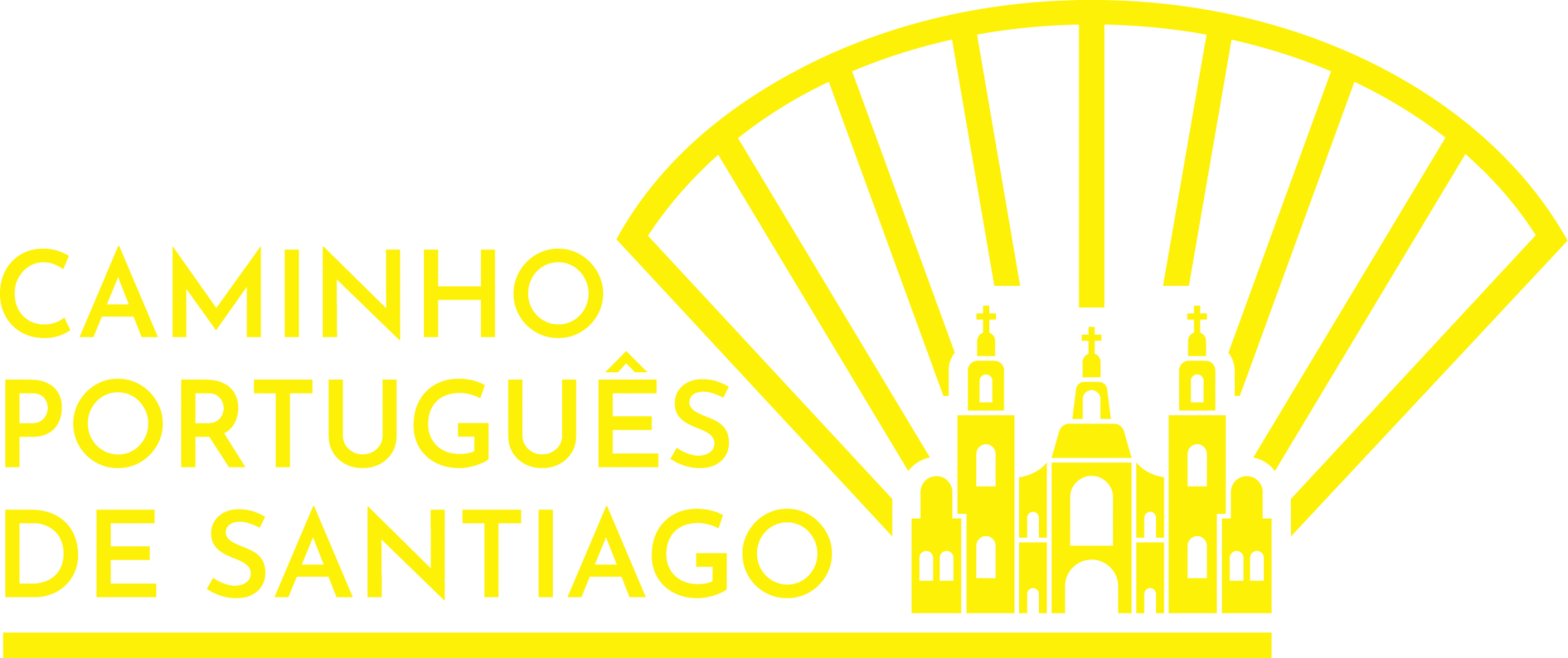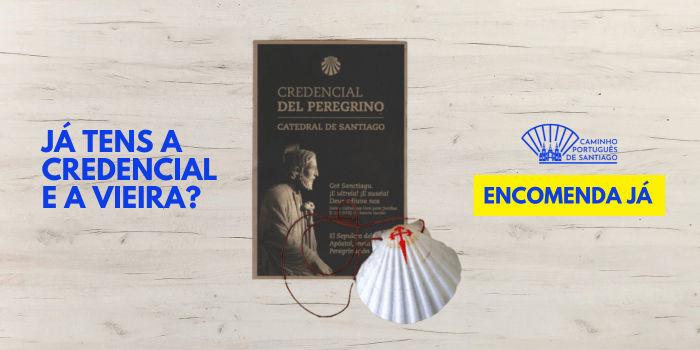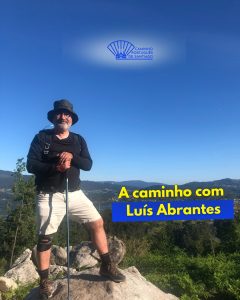The Camino de Santiago can be a simple exercise for most people. Apart from the physical strain, the challenge tends to be more mental than bodily. You feel tired, you think. However, injuries are still possible, even for the most prepared pilgrims. Although most are minor - such as blisters - it's always important to be careful and know how to avoid more uncomfortable moments during the pilgrimage.

How to avoid foot blisters on the Camino de Santiago.
On the Camino de Santiago, injuries are as unpleasant as those pesky blisters! They take up time, energy and sometimes even money. In the worst cases, they become infected, jeopardizing your entire pilgrimage. However, with the right recommendations, they can be avoided.
The first thing to do is buy the right sneakers.
Most blisters happen because, when you buy them, you choose shoes that are less suited to the route you're going to take. So bear the following in mind: firstly, the shoes need to be a little bigger than your feet. For example, if you're a 38 and the store suggests a 40, don't be alarmed. You might even feel a bit ridiculous in some tennis so wide and disproportionate, but look: as you walk, your feet swell. Really! Gravity is to blame. When you spend many hours walking, it pulls the blood into the veins in your legs, letting some water pass through, causing the swelling.

Which leads to bubbles.
Any repetitive friction can cause them! Blisters are nothing more than reservoirs of fluid that protect the skin when it is under pressure. This is especially the case if you walk several kilometers a day. The combination of swelling and blisters is therefore natural.
So, secondly, the best advice really is: stop when you need to. Sometimes you think that an extra 5 or 6 kilometers is nothing for someone who has already done 20 in one day, but the worst always happens when you reach your destination. A blister, if it doesn't allow you to continue walking normally, can become infected and it's better to lose a day's walking than the whole route.
That's why wearing the right sneakers, dry socks and knowing when to stop are the best ways to prevent blisters.
How to avoid leg pain.
In this article, we use leg pain as a generic name for any pain around the tibia -the main bone in the leg. It is, of course, common in runners, dancers and pilgrims.
It tends to happen due to overexertion on the part of the walker. For example, doing 30 kilometers (like the stage from Barcelos to Ponte de Lima) without being used to it. Although it's uncomfortable, most cases can be solved by resting and putting ice on the infected area.
This pain is due to repetitive movements, such as walking, especially with more accumulated weight. This is the combination of the Camino de Santiago: several kilometers a day plus a heavy backpack .
A good way to avoid this pain is to distribute the force throughout the body. For this reason, the use of sticks helps prevent unnecessary injuries by forcing the truck driver to adopt a correct posture.
Knee pain.
Knee injuries are the most complex of those listed in the article, as they are linked to the terrain we share with so many other pilgrims. Because the terrain is uneven - just think of the dirt roads, for example, or the descents to Pontevedra - it forces the joint to bend and unbend. This goes against its inflexible nature. This, added to the weight of the backpacks, is the perfect opportunity for an injury that is difficult to monitor and care for. Often forcing them to finish their journey early. In order to prevent this, it is important to walk with a walking stick, which offers added stability to the route. Before you start walking, it's always a good idea to stretch a little.
Camino de Santiago: what to do in case of injury.
Although the Camino de Santiago is a safe route taken by thousands of people every year, it's not impossible to end the day with an injury. In such cases, it's important to always have your EU health insurance card to hand if you're an EU citizen. It makes it easier to get into hospitals and you only pay what you would in your home country. This can lead to significant savings!
What do you think is the worst injury on the Camino de Santiago? Share it with us!









In my case, I had a knee injury, and from one moment to the next I was almost unable to walk. What I had going for me was the stick, but I ended my journey in a very painful way. Later, MRI scans detected an injury to my kneecap. I still don't know how I did it.
Hello, I did the path recently and I feel very grateful. I didn't have any problems, just muscle pains and swollen feet at the end of the day. For the pain I was recommended ben u ron and creams such as voltaren. For swollen feet, rest and lots of moisturizing (fat creams like Vaseline or Nivea) worked, but each person has their own way of treating injuries. I took used hiking boots and walked and ran before I set off, not just for the journey but because physical activity is important to me. Have a good walk
In April of this year, while walking the Geiras and Arreeiros Way, after passing the technically most difficult stages, up to Castro Laboreiro, in an easy stage, just as I reached Cortegada, I put my foot down on a stone that slipped and caused a serious dislocation in my right ankle tendon, despite wearing spectacular Salomon boots.
Not satisfied, I continued the next day with just Brufen 400, Voltaren and ice.
Two weeks after returning to Portugal, I had to see an orthopedist, I've been home from work for two weeks and I still can't fully stretch the tendon.
Treatment: rest, don't wear flat shoes, Naproxen 500, 3X/day soak feet in cold salty water and Fisiocreme.
Here's a tip.
On my first Camino, the Central one from Lisbon, the injury was to my shin, I stopped for 30 minutes to rest and have something to eat, then I got back on the Camino and, after 500 meters, there was intense pain in my shin, I dragged myself to the hostel, put ice on it and took something for the pain, the next day I still did the stage, then I stopped for 3 days waiting for it to get better, as it didn't, I went home.
On the Camino da Costa it was the ice on the walkways that made me fall and twist my ankle. I'm now on my 4th complete Camino, there are days like this....
Last year, on my 120km walk, I sprained my left foot on the first day at km 10. With the help of an elastic foot brace, ice and anti-inflammatories, I completed the walk on the third day without any major problems. I only had treatment when I got back. This year I've done another 240 km walk without any problems, but from time to time I still feel discomfort in my foot.
The ascent of Labruja, on the stage between Ponte de Lima and Rubiães, is difficult, given the pilgrim's preparation. In my case, it was an intense effort, which caused a muscle contraction in one of my thighs. When the descent began, the pain was unbearable and the best comfort was to descend on my back. Solution: rest, try to relax the muscle, massage it and, if possible, use hot water to stretch the muscle.